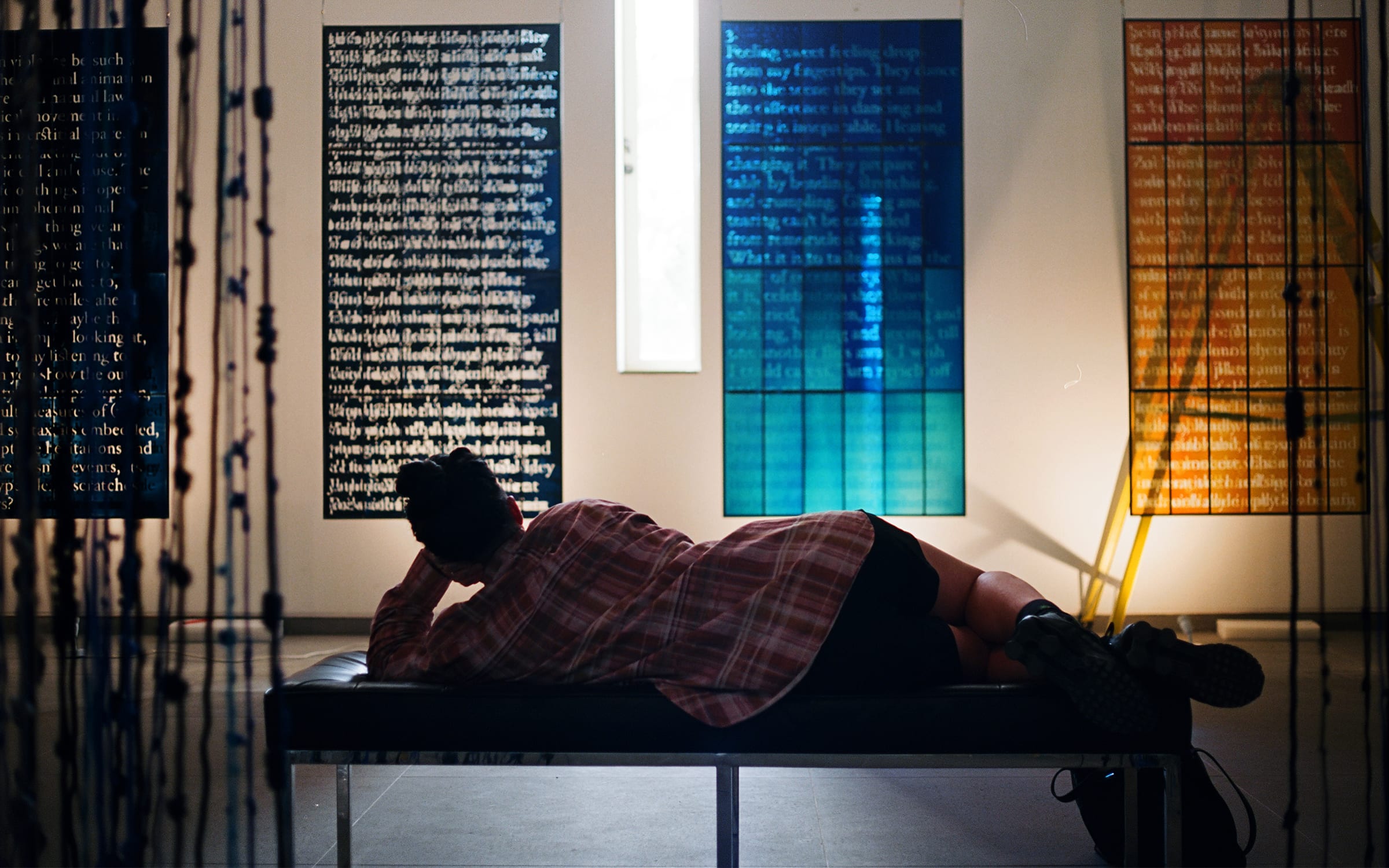How I became an artist: Wu Tsang
As the filmmaker and artist took over as a director at Zurich’s Schauspielhaus, she reflected on her artistic journey
Connectez-vous et inscrivez-vous pour recevoir la newsletter Art Basel Stories

Connectez-vous et inscrivez-vous pour recevoir la newsletter Art Basel Stories
